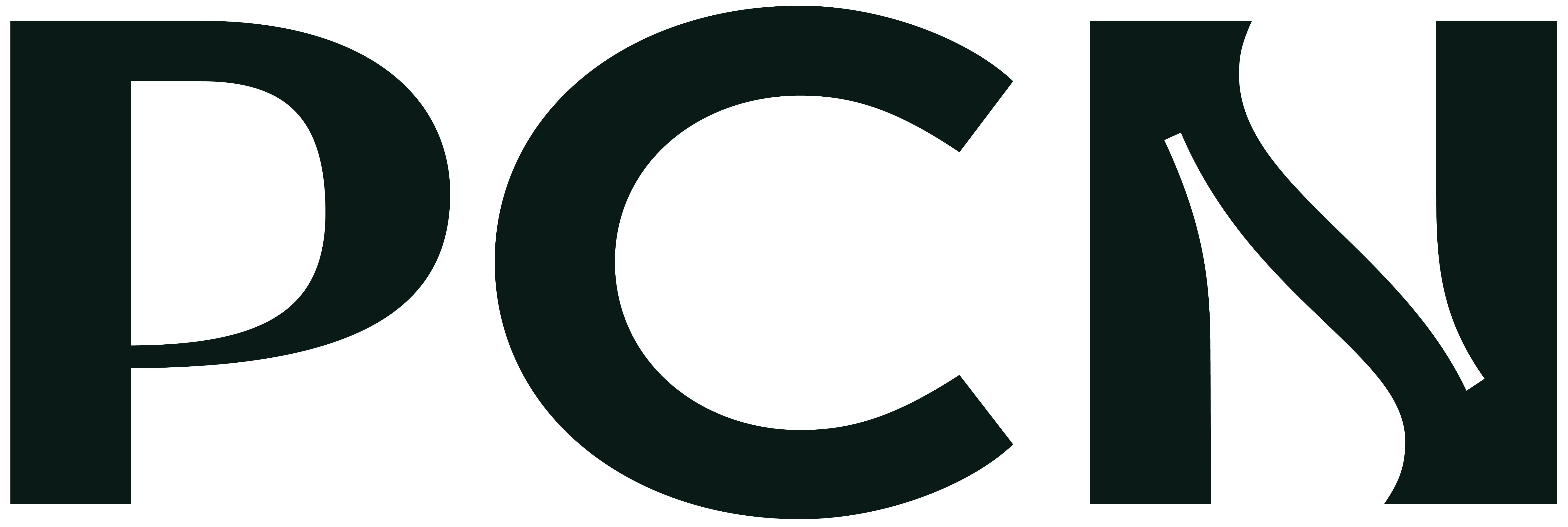SaaS is booming. There’s no way around it. Whether it is the continuously strong Salesforce or companies like Zoom, that have been experiencing a boost in the ongoing pandemic, subscription-based Software-as-a-service business models are only growing.
With the support of our top in-house SaaS-recruiters, we have compiled 6 key roles every SaaS company should have:
Customer Success Manager
A customer success manager’s role is precisely what it sounds like: Making sure the customer journey is indeed a success. They are the main channel to a SaaS-company’s customer base and ensure all customers are content with the product.
A customer success manager is vital to all parts of a customer journey. Still, their role in the onboarding process is critical: a great first impression is a good lasting impression.
A customer success manager has to know the ins and outs of a product; in a SaaS-company, this product is more than likely to be highly complex. Recruiters often keep an eye out for candidates who can showcase experience and understand these sorts of products’ complexity.
They’re also the ones responsible for responding to customer feedback regarding issues with the product. A good customer success manager needs to quickly identify such problems, using their knowledge of the product to assess the situation and figure out the next steps.
CTO
A CTO, or Chief Technical Officer, is the heart and soul of your company’s engineering team. This is the role that manages everything revolving around your software, and ensuring the product is working. The most technical of the positions presented here, the CTO, has to understand how your product works, how the infrastructure is built, and how your engineering team is constructed.
They’re not only responsible for the building of the product, but for expanding on it, fixing errors and bugs, and preparing for future releases and updates.
One aspect of the CTO role that should never be left underlooked is that it is, in essence, a Management role. A CTO requires a substantial amount of organisational abilities and soft skills, along with the ability to lead a team of developers.
Therefore, it is not uncommon for a company founder to take up the role of CTO; who better to manage the software development on a product than the one who was there from the beginning? Someone who has likely contributed to the creation of the product itself?
Of course, this is not a requirement; recruiters may look for somebody with a profound skill set and experience in software engineering. Experience with a similar product can’t hurt, either.
But all of this technical skill won’t help if you cannot lead: a CTO’s tasks likely bring the responsibility for a team of software developers. Soft skills and profound insights into how software developers work is a must.
Product Owner/Manager
A Product Owner is responsible for developing projects and improvements to the product. This makes them a vital part of a SaaS company, as they drive updates and refinements of the software through customer feedback. They are the link between the development team and the audience, channelling complaints and suggestions to the engineers and managing product value maximisation.
The tasks require multitasking and organisation skills, but nothing is more important for a Product owner than excellent communication skills, supporting working closely together with the CTO to translate customer needs into features of the SaaS products.
Extensive experience in full product life cycles helps a product owner’s role, being responsible for all aspects of the product being optimal.
The Product Owner must have excellent analytical skills and react quickly to potential issues and improve opportunities. It is important to note that the Product Owner needs to innovate and stay resilient, continuously striving to improve the product.
Success can often be measured by the Northstar Metric, an immensely important KPI that can differ from product to product. In essence, the measure with which the product’s value is estimated; for a Music streaming service, this might be the amount of time spent listening to music on the platform. A SaaS company should identify the Northstar Metric for their specific product and measure the Product Owner’s success accordingly.
Marketing Manager
A Marketing Manager’s tasks in a SaaS company are not much different from the usual Marketing Manager.
They aim to facilitate growth and make the company better known amongst consumers and businesses. By attracting new potential customers, they generate more leads for the Sales department and flesh out your company’s tone and image.
Vital to the Marketing Manager’s goals in a new SaaS company should be creating and fleshing out a brand story; for example, Salesforce – the currently largest SaaS company in the world [1] – is driven by a level of innovation and the goal to make the means for it widely accessible.
A Marketing Manager has a profound impact on the company’s identity, and perhaps more importantly, on the customer base’s perception. They need to be very familiar with the company mission and vision and translate that accurately into customer-facing communication.
To say creativity is an essential attribute for any candidate to this position is an understatement.
Every aspect of a Marketing Manager’s job requires it to a certain extent, and the more creative your campaigns and general brand image is, the more will it stand out amongst other campaigns.
The initiative, attention to detail, multitasking, and excellent organisational skills are also among the essential attributes of this position.
As a position, the Marketing Manager stands out in the way success is measured: It is among the roles with the most tangible KPIs, as their activity on social media and other online channels are measured precisely through metrics such as clicks, engagements and impressions, in addition to the leads generated by a Marketing campaign’s efforts.
Sales Manager
A Sales Manager’s role in a SaaS company is focused on one thing: revenue, revenue, revenue. Of course, the Marketing Manager’s efforts aim to attract customers, but a SaaS company also has to be more proactive.
The Sales Manager follows leads, attracts and communicates with potential clients, and maintains relationships with existing ones. They build, analyse, and continuously improve sales funnels, ensuring that interested customers reach the end smoothly. They are also often responsible for pricing strategies, discounts, and various types of client deals. In total, Sales Managers need to be able to have control over revenue streams.
This can hardly be done without experience in your SaaS company’s type of product; a sale needs to be fueled by an understanding and passion for the product. The ability to communicate this well to customers is vital. Prior experience in sales is an immense asset as well.
Resilience and motivation are welcome qualities in Sales roles, and the SaaS Sales Manager is no exception. Sales Managers require drive and initiative to be able to strive to maximise revenue continuously.
UX Designer
A UX Designer’s job involves an abundance of creative work; as expected of a design role. Indeed, a UX designer needs some understanding of aesthetics, making the product appealing to the eye. But this is by no means their priority: UX designers, or user experience designers, are expected to make the SaaS product as accessible as possible by optimising the customer journey when using the product.
They determine the structure of the customer-facing final product, making sure that it is easy to use for the target audience. This way, frustration with the product can be minimised, in turn increasing customer satisfaction. Designers should also translate the company vision into the final product, showcasing the value and letting the product speak for itself.
The most critical skill in a designer’s repertoire, apart from mastery of the required software, is creativity. Much like the Marketing Manager, creativity enhances a talented UX designer and the entire company by making the product stand out from the competition.
But a designer also needs to be able to take the initiative, be persistent, and striving towards continuous improvement. Just because something works fine, doesn’t mean that it can’t be improved. Such should be the mantra of a good UX designer.
Valuable insights into customer need and a grasp of the customer journey help, too; after all, the UX Designer’s job is to appeal to the user. This role can be vital to the SaaS company’s success; the User-friendliness of an interface can make or break your product.
Enticed by the possibilities of working at a SaaS company?
Generally looking for new opportunities to expand your career horizons?
Look no further than PCN’s Job page, now featuring SaaS!

